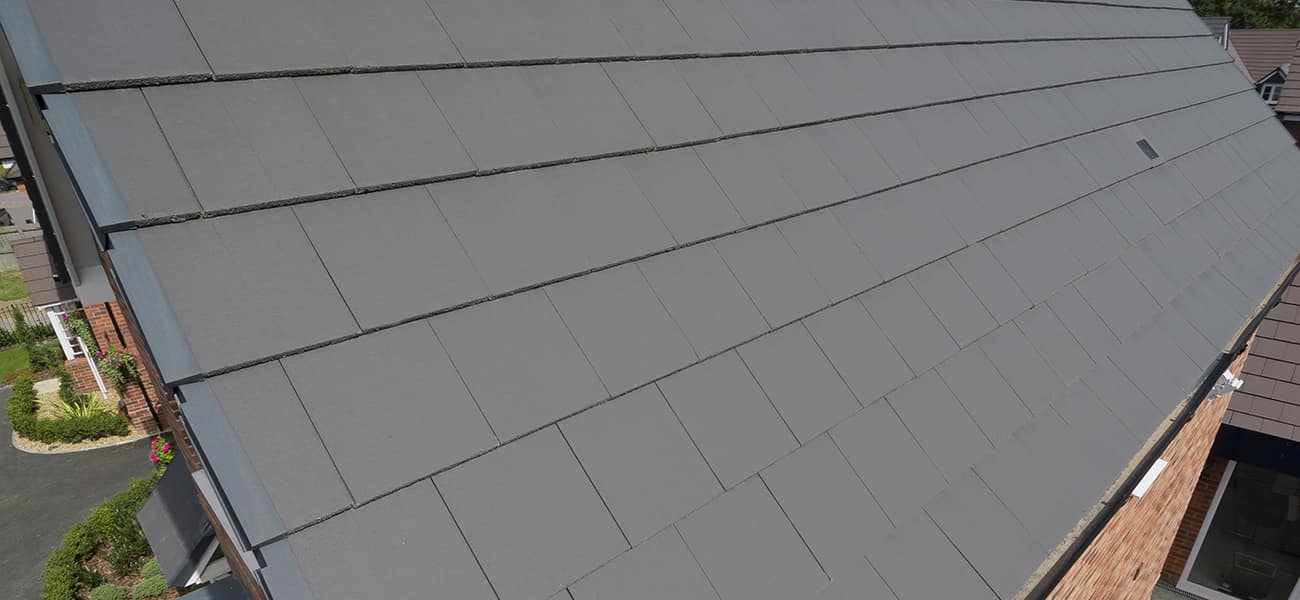Can Flat Interlocking Tiles Be Installed Straight Bonded?

Flat interlocking tiles must be installed to a broken bond pattern, with the interlocks staggered. This aids the performance of the tiles – the broken bond configuration allows any water draining into the interlock on one tile to disperse safely onto the flat surface of a tile below.
If the tiles are installed with the interlocks aligned, in a straight bond pattern, rainwater may drain directly from one interlocking channel into another. This can flood the interlocks, leading to water ingress. This risk is highest on low pitched roofs, as the rate of rainwater discharge is slower, leading to larger volumes of rainwater on the roof at any one point.
The broken bond pattern can also be aesthetically more appealing, being in line with a slate-like appearance that some tiles are designed to simulate.
Profiled tiles are typically installed using a straight bonded pattern, due to the raised curved or angled sections on their surface. This design feature encourages rainwater to drain into the lower channel sections of the profile in the tile, away from the interlocking channel, which is located at the higher sections.
Where can I get more information?
If you have questions about any of our products, please download a brochure or contact us.
Disclaimer - The information shared in this blog is correct at the time of publication. Guidance, standards, and best practices may change over time, so if you’d like further clarification or the latest updates, please get in touch with the Marley Technical Advisory Team, who will be happy to help.